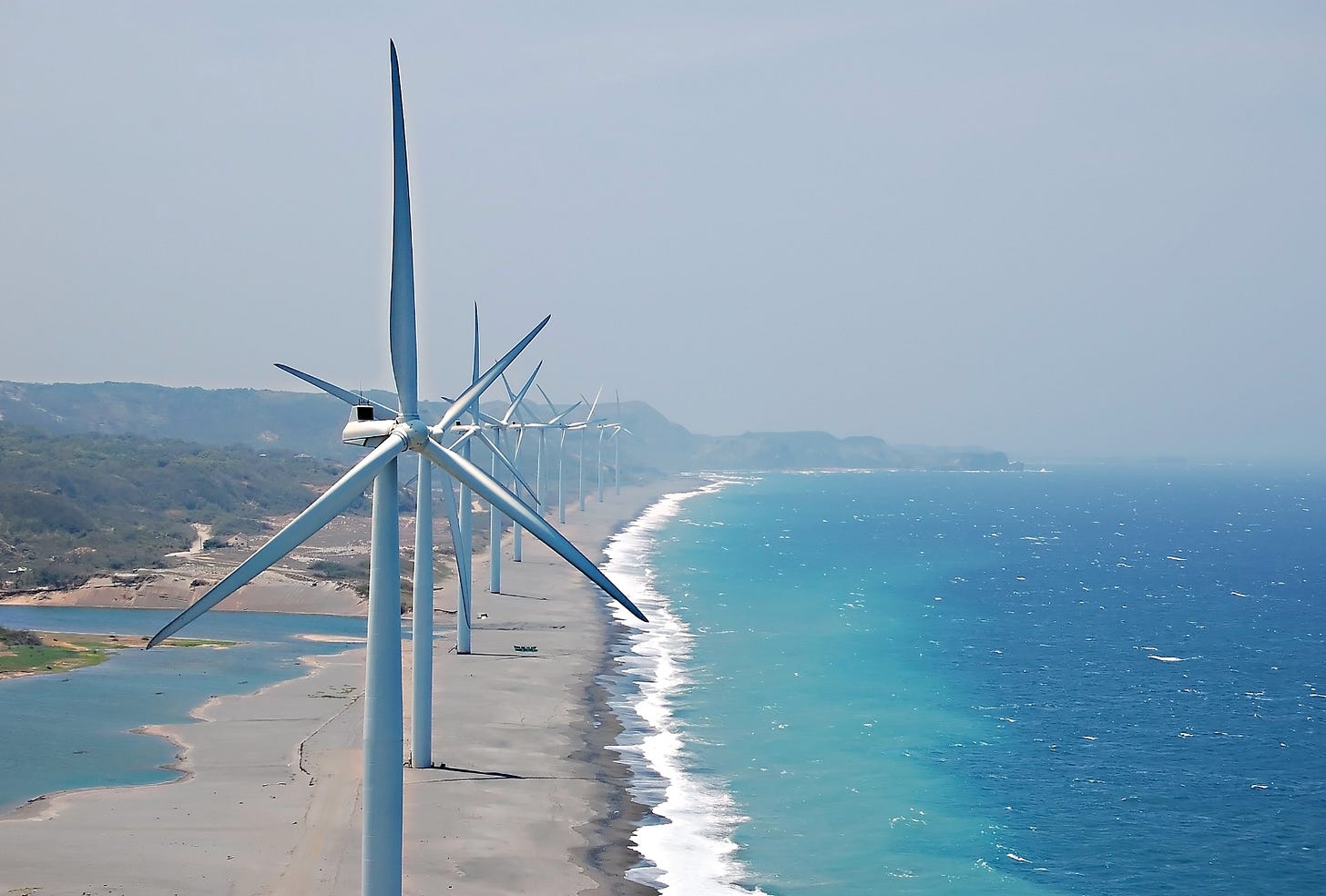Asia Pacific Energy Review: July 1-7
This column focuses on the previous week's main energy events in Asia and the Pacific.
Asia / Oil imports
Asia's imports of crude oil were lower in the first half of 2024 over the same period last year. Asia imported 27.16 mbpd of crude in the January to June period, down 130,000 bpd from the 27.29 mbpd in the same period in 2023, according to LSEG Oil Research.
Australia / Oil and gas
Saudi Aramco and ADNOC are separately considering bids for Santos, which has oil and gas assets stretching across Australia to Alaska. The company produced 91.7 mmboe last year and had proven reserves of 1,661 mmboe.
China / Oil and gas
China set up an entity to search for ultra-deep oil and gas reserves and hard-to-extract non-conventional resources. In addition to CNPC and Sinopec, the partners in the new entity include China Aerospace Science and Industry Corp, steel group Baowu, equipment builder Sinomach, etc.
China / Renewables curtailment
China appears to have stopped publishing data that highlight the extent to which power generated by solar and wind plants is wasted due to constrained grids. Beijing already changed its rules to allow renewable power plants to have as much as 10% of generation curtailed, compared with a previous 5% cap.
China / SAF
The Civil Aviation Authority launched China’s first technical center for sustainable aviation fuel (SAF) that focuses on standard setting and product research. China is the world's second-largest aviation market, consuming about 11% of jet fuel globally.
India / Coal
India asked power companies to order equipment worth $33 billion this year to fast track capacity additions of coal-fired power in the years ahead. The country is struggling to meet booming electricity demand.
India / Solar power
The Asian Development Bank and ENGIE India inked a long-term loan to build and operate a 400 MW solar farm in Gujarat state. The ADB is the lead arranger for the $176 mln loan, which will be equally funded by ADB and Asian Infrastructure Investment Bank.
India / Nuclear power
Minister Dr. Jitendra Singh said India’s nuclear power generation capacity will increase 70% in the next five years. India’s installed capacity is now at 7.5 GW and will grow to 13 GW by 2029 with the addition of seven new reactors.
Philippines / Coal
The Philippines was ranked as SE Asia’s most coal-dependent country in 2023, surpassing Indonesia in percentage. The country saw a sharp 2.9 percentage point annual coal share increase, from 59.1% in 2022 to 61.9% in 2023, an Ember report said.
Philippines / Renewable energy
The Philippines’ renewable energy market will see annual growth of 22.6% through 2029, driven by the elimination of the requirement for energy assets to be solely owned by Filipinos. The govt also approved incentives to attract investment, including tax holidays, duty-free equipment imports, etc. The country aims for 35% renewable energy in the national power mix by 2030, increasing to 50% by 2040.





